A friend who knows a little about photography will surely hear people around him say the word HDR. So what exactly is HDR? Why do people need HDR so much? What kind of thing is HDR in the end? Before we talk about HDR, we must first mention To the one called the concept of latitude, latitude refers to the ability of the photosensitive element to accurately record the range of scene brightness. Simply speaking, it is the ability of a photosensitive element to record the details and levels of the brightest and darkest parts.
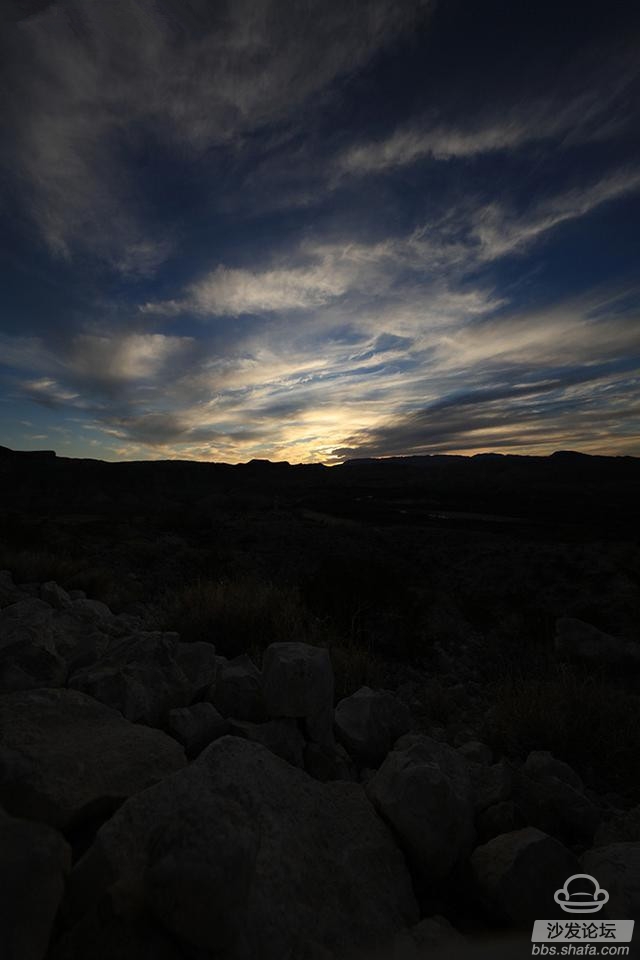
I believe we have all encountered such a scene (just like the above picture): You stand on the edge of a valley, watching the sun on the sky slowly fall, the golden afterglow is very beautiful, you want to use the camera to record this one Beautiful scenery, but after the final dark shutter it was discovered that the sky was exposed, but the valley was dark. But the same scene, shot with a high latitude camera, achieves the effect that the sky is exposed, but the valley is not so dark. Therefore, in the photography of scenes and scenery, through the same scene can clearly feel the difference between different latitude cameras.
The above example is a good example of the concept of latitude. In fact, we are pursuing the greatest degree of latitude on the road of photography, because it can make the exposure of bright and dark parts tend to be seen by the human eye. The real scene. However, digital camera technology has not yet been developed to allow the camera's latitude to reach such a wide range.
To know that the human eye can record about 100000 levels of brightness levels, and the current digital camera using JPG format, then each pixel can only record 256 brightness levels, although the use of RAW format, you can let each pixel record 4096 (12bit) Or 16384 (14bit) different brightness levels, but this is far less than the level seen by the human eye. However, people who dare to innovate will never find it difficult. In order to pursue more levels of image, people in the film age have begun to adjust the light and shadow levels through darkrooms through some technical means.
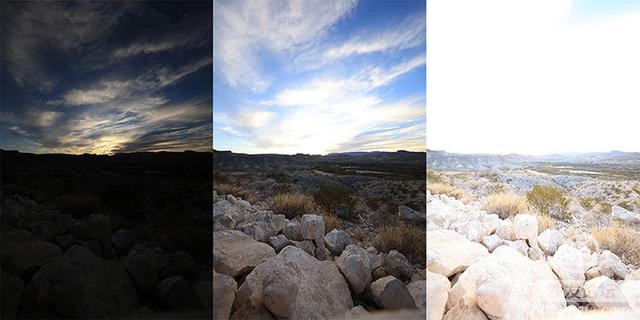
After entering the digital age, people have found a very convenient way to obtain multiple photos with different exposures through exposure bracketing, and finally synthesize a photo with light parts that are not overexposed, shadow details are clear, and intermediate tone exposure is normal. And by this way of synthesis can reach far more than 256 brightness levels of the effect, almost can be close to the real scene seen by the human eye. Later, people gave a name to this approach - high dynamic range, the English abbreviation is HDR.
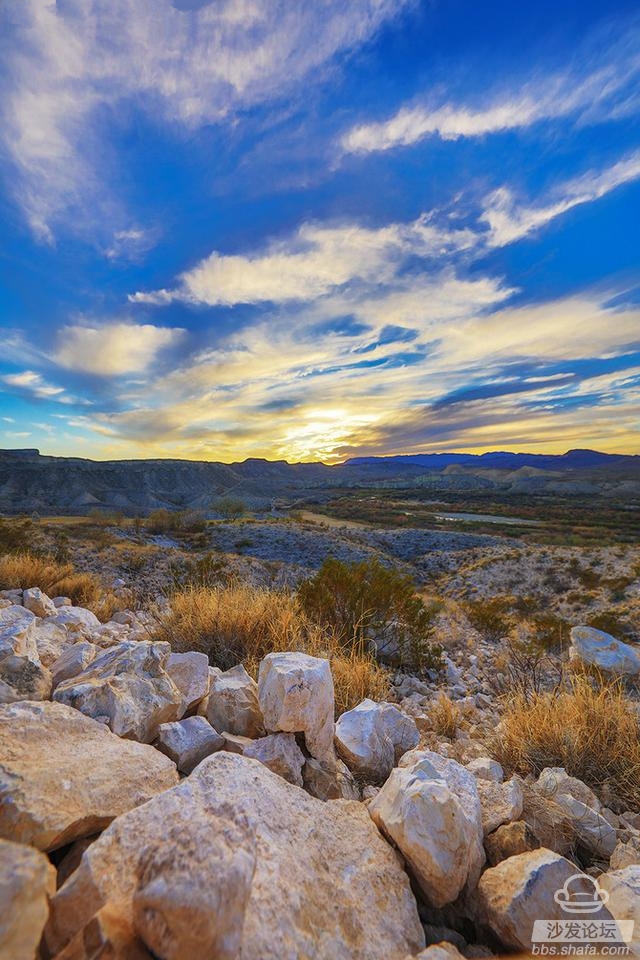
Although we used technology to synthesize HDR photos, the ultimate goal is to appreciate the works that we are satisfied with through the human eye. So there is a problem with the output. This reminds me of the famous slogan in the past: "No sound, no matter how good the show can not get out." If the best picture, the output can not achieve good results is also a white one.
At present, as the leader of global imaging technology, Sony has exhibited its latest 4K HDR television series at the just-concluded CES2016 exhibition, which has attracted many people's attention. HDR technology has not just joined TV this year, but it is indeed the first time it has been implemented on 4K resolution TVs.
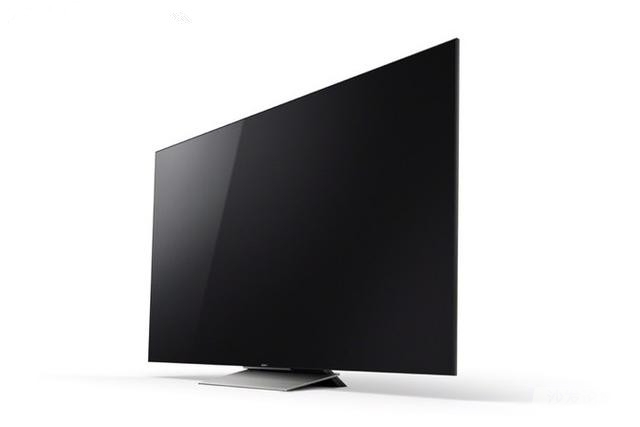
As mentioned before, the HDR effect on the TV is similar to the HDR effect of the camera. All the details are retained by highlighting the dark part and depressing the bright part to achieve the visual effect closest to the human eye.
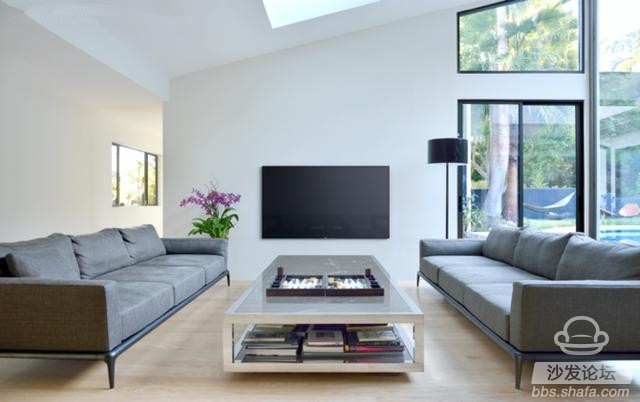
We know that Sony's professional 4K cameras/cameras support HDR shooting, F55, F65 professional cameras support HDR very early, and BVM-X300 monitors with 4K OLED display HDR mode can achieve a maximum brightness of 1,000 Nite can meet the production needs of various 4K HDR content. With the mature application in the professional imaging field, Sony's new 4K HDR TV allows HDR to capture richer details of the screen, clear and bright colors, and enhance color, brightness, and contrast to a new level, greatly changing the TV. Machine color and brightness performance.

It can be seen that Sony has completed a complete workflow from shooting to dissemination to display, compared to other TV manufacturers that mainly promote HDR. There are technological advantages from input to output, but unlike in the imaging field, implementing HDR on a TV is a complex ecosystem that requires not only software compatibility but also hardware support and optimization. Compared with other brands, Sony TV's HDR features have exclusive advantages. Taking the flagship X93D series as an example, this flagship new product is equipped with a new grid-array backlighting structure based on the Slim Backlight Drive, which keeps the body slim and slim. Local backlight adjustments can be made based on the image content so that the contrast between light and shade is clear, resulting in a more natural visual effect. This new product is also equipped with a 4K image processing chip X1, together with the 4K sharp image processing engine PRO, Terri charm color display technology, so that the image color reproduction is natural, vivid and rich details, so that the screen presents more attractive to your eye.
Why everyone love HDR Hierarchy contrast and high-definition detail rendering, HDR brings the ultimate visual experience for all to see. This year, many TV brands have swarmed into the embrace of HDR, hoping to get a share. Under this circumstance, Sony's new lineup represented by the X93D and X94D and its strong technical strength not only stood out from each other's contending, but also reflected its ultimate pursuit of image quality.

If the sky is normal, the dark details are completely lost
I believe we have all encountered such a scene (just like the above picture): You stand on the edge of a valley, watching the sun on the sky slowly fall, the golden afterglow is very beautiful, you want to use the camera to record this one Beautiful scenery, but after the final dark shutter it was discovered that the sky was exposed, but the valley was dark. But the same scene, shot with a high latitude camera, achieves the effect that the sky is exposed, but the valley is not so dark. Therefore, in the photography of scenes and scenery, through the same scene can clearly feel the difference between different latitude cameras.
The above example is a good example of the concept of latitude. In fact, we are pursuing the greatest degree of latitude on the road of photography, because it can make the exposure of bright and dark parts tend to be seen by the human eye. The real scene. However, digital camera technology has not yet been developed to allow the camera's latitude to reach such a wide range.
To know that the human eye can record about 100000 levels of brightness levels, and the current digital camera using JPG format, then each pixel can only record 256 brightness levels, although the use of RAW format, you can let each pixel record 4096 (12bit) Or 16384 (14bit) different brightness levels, but this is far less than the level seen by the human eye. However, people who dare to innovate will never find it difficult. In order to pursue more levels of image, people in the film age have begun to adjust the light and shadow levels through darkrooms through some technical means.

HDR synthesis through three exposed photos
After entering the digital age, people have found a very convenient way to obtain multiple photos with different exposures through exposure bracketing, and finally synthesize a photo with light parts that are not overexposed, shadow details are clear, and intermediate tone exposure is normal. And by this way of synthesis can reach far more than 256 brightness levels of the effect, almost can be close to the real scene seen by the human eye. Later, people gave a name to this approach - high dynamic range, the English abbreviation is HDR.

Final synthesis of a photo with normal exposure for each part
Although we used technology to synthesize HDR photos, the ultimate goal is to appreciate the works that we are satisfied with through the human eye. So there is a problem with the output. This reminds me of the famous slogan in the past: "No sound, no matter how good the show can not get out." If the best picture, the output can not achieve good results is also a white one.
At present, as the leader of global imaging technology, Sony has exhibited its latest 4K HDR television series at the just-concluded CES2016 exhibition, which has attracted many people's attention. HDR technology has not just joined TV this year, but it is indeed the first time it has been implemented on 4K resolution TVs.

As mentioned before, the HDR effect on the TV is similar to the HDR effect of the camera. All the details are retained by highlighting the dark part and depressing the bright part to achieve the visual effect closest to the human eye.

We know that Sony's professional 4K cameras/cameras support HDR shooting, F55, F65 professional cameras support HDR very early, and BVM-X300 monitors with 4K OLED display HDR mode can achieve a maximum brightness of 1,000 Nite can meet the production needs of various 4K HDR content. With the mature application in the professional imaging field, Sony's new 4K HDR TV allows HDR to capture richer details of the screen, clear and bright colors, and enhance color, brightness, and contrast to a new level, greatly changing the TV. Machine color and brightness performance.

It can be seen that Sony has completed a complete workflow from shooting to dissemination to display, compared to other TV manufacturers that mainly promote HDR. There are technological advantages from input to output, but unlike in the imaging field, implementing HDR on a TV is a complex ecosystem that requires not only software compatibility but also hardware support and optimization. Compared with other brands, Sony TV's HDR features have exclusive advantages. Taking the flagship X93D series as an example, this flagship new product is equipped with a new grid-array backlighting structure based on the Slim Backlight Drive, which keeps the body slim and slim. Local backlight adjustments can be made based on the image content so that the contrast between light and shade is clear, resulting in a more natural visual effect. This new product is also equipped with a 4K image processing chip X1, together with the 4K sharp image processing engine PRO, Terri charm color display technology, so that the image color reproduction is natural, vivid and rich details, so that the screen presents more attractive to your eye.
Why everyone love HDR Hierarchy contrast and high-definition detail rendering, HDR brings the ultimate visual experience for all to see. This year, many TV brands have swarmed into the embrace of HDR, hoping to get a share. Under this circumstance, Sony's new lineup represented by the X93D and X94D and its strong technical strength not only stood out from each other's contending, but also reflected its ultimate pursuit of image quality.
Silica Braided Sleeve is a type of protective sleeve made from silica fibers. It is commonly used in various industrial applications to provide heat and fire resistance to cables, hoses, and wires.
Silica Braided Sleeve,Fiberglass Braided Sleeve,Silica Cable Sleeves,High Fiberglass Sleeve
Dongguan Liansi Electronics Co.,Ltd , https://www.liansielectronics.com
